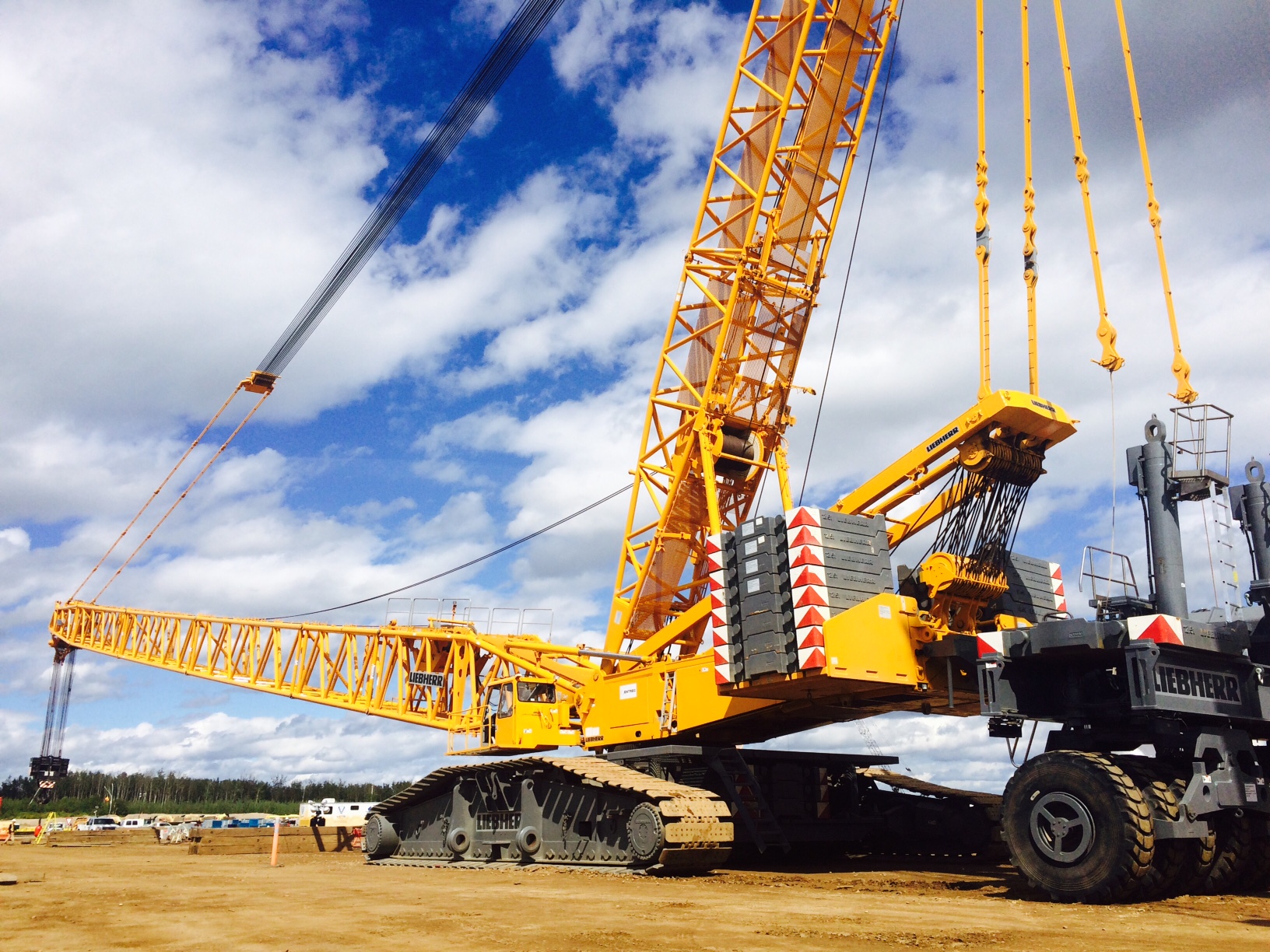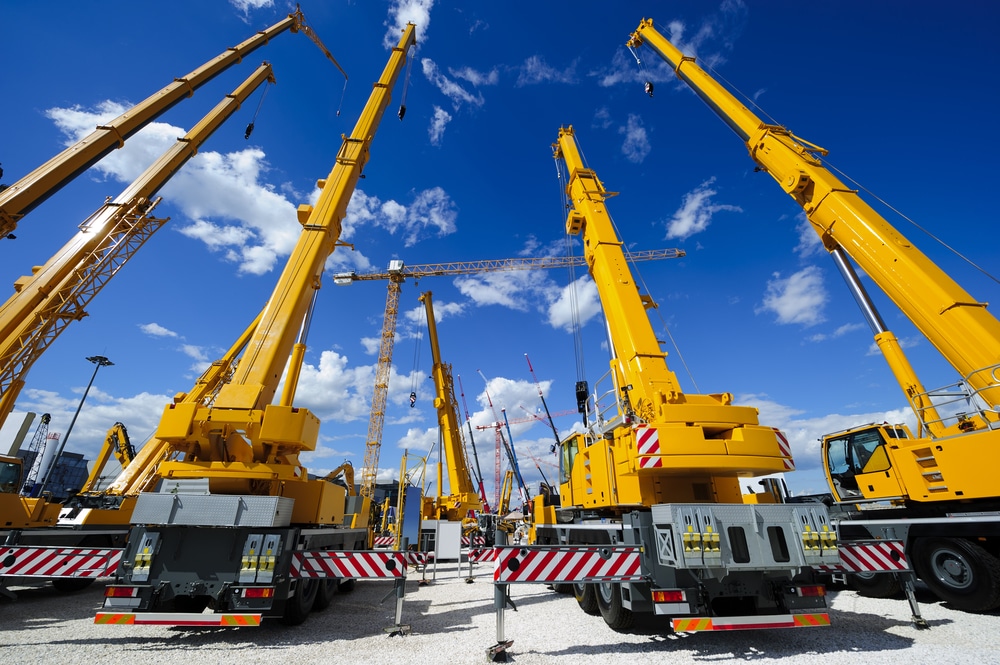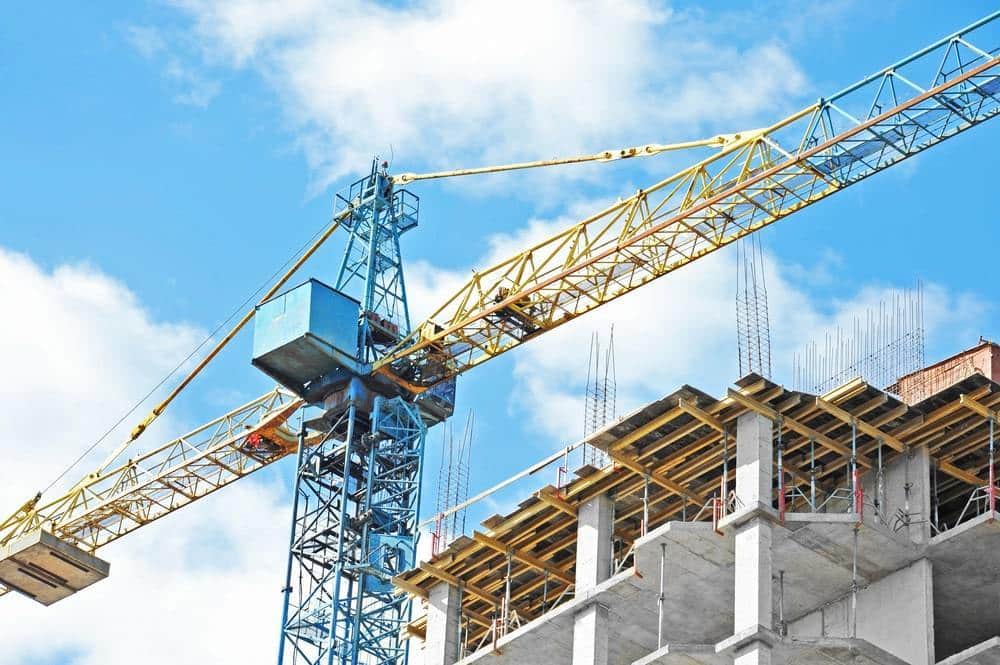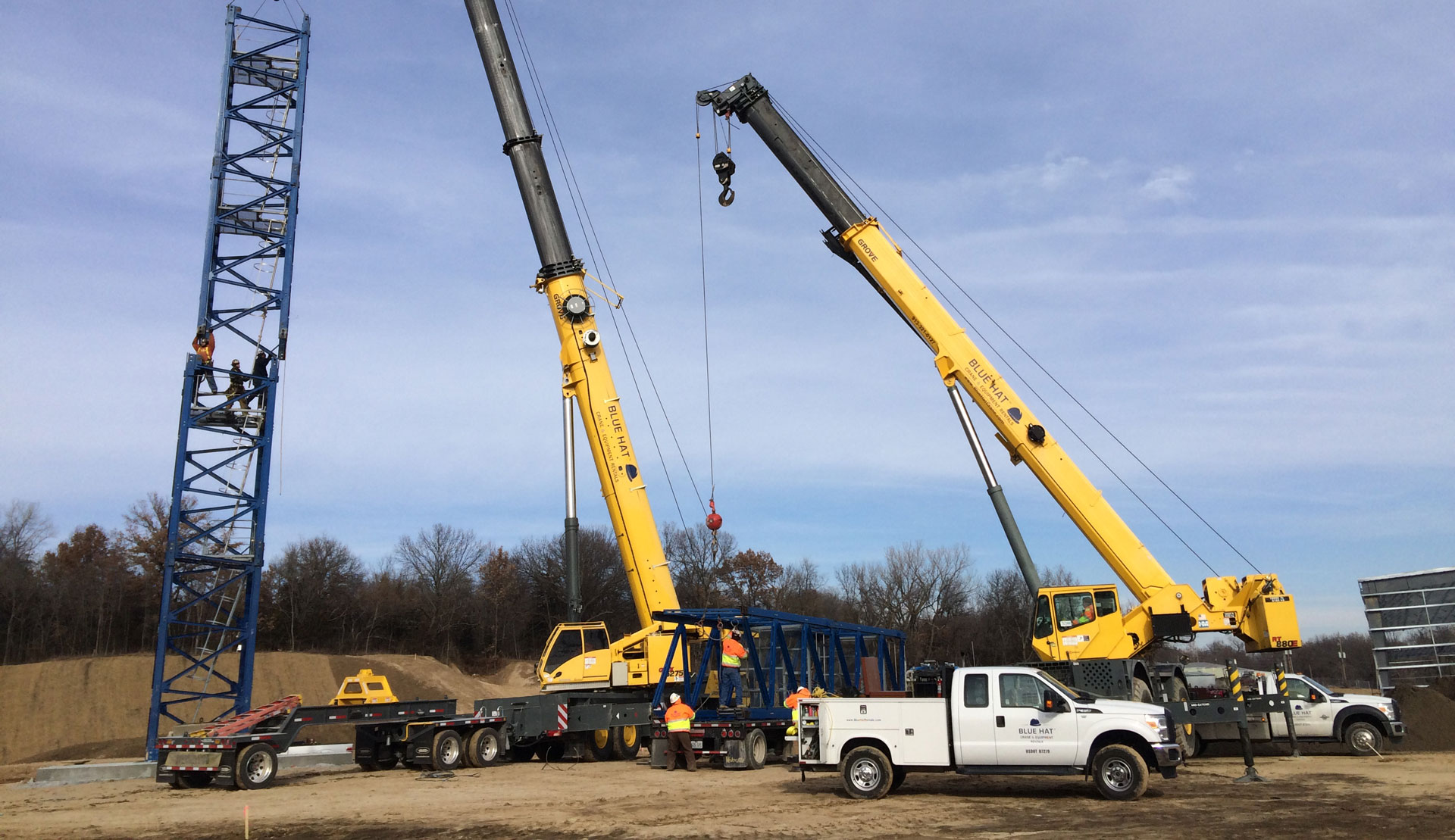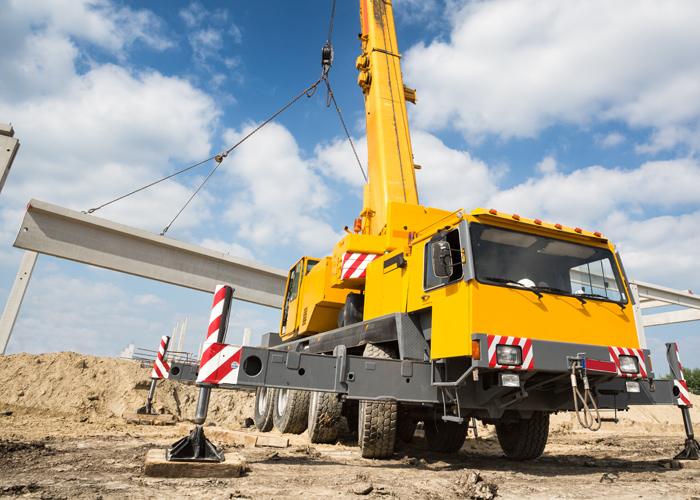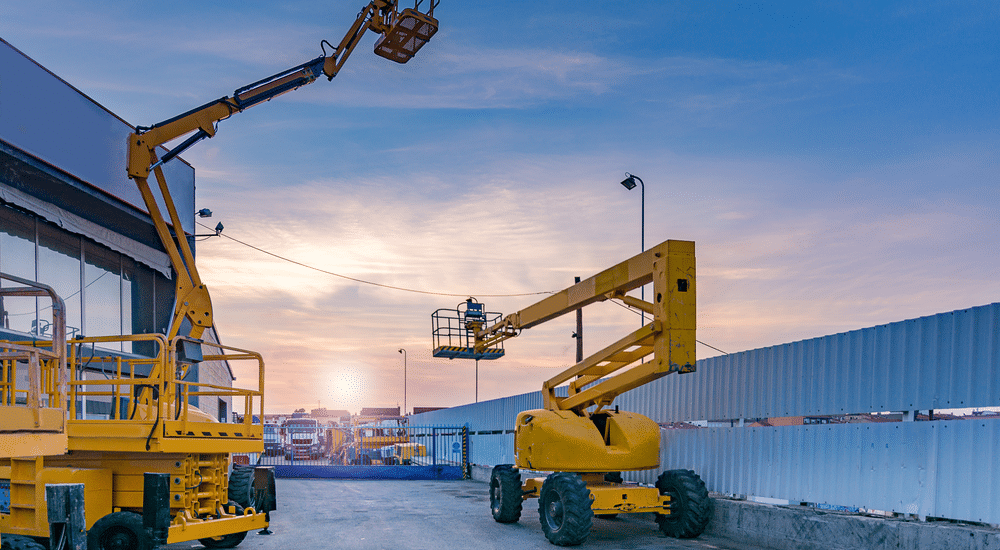How Temperature is affecting Your Crane – There are many risks and safety aspects to consider before using a crane. Weather and construction are linked, and temperature alone can dramatically affect cranes.
Since most construction sites are completely outdoors, weather and temperature conditions can mess up the rigging and lifting process. Such delays and risks can significantly slow down the project.
Therefore, it is important to know how to deal with harsh conditions and temperatures. Below we have discussed the effects of temperature on your can and how you can deal with them!
How Temperature is affecting Your Crane
Extreme Hot Temperatures
There are numerous effects of weather on construction. Extreme heat can bring multiple hazards to both the equipment and personnel. One of the main dangers caused by extreme heat is the operators’ risk of heat stroke and dehydration.
Also, the mobile crane cabins can be very hot and uncomfortable. So, if necessary, it is essential to instruct all personnel to hydrate and rest in shaded/covered areas.
Similarly, water can evaporate from the mortar, affecting the crane’s performance in such conditions. Another significant risk is the increased load on cranes and other equipment. Seals and O-rings, in particular, can be deformed by direct sunlight, making them vulnerable to severe heat damage.
For the EOT cranes that operate at high temperatures, you should choose high-temperature resistant cables instead of PVC cables because they do not melt at high temperatures.
Maintaining a safe, even slightly slower speed is essential as mobile cranes can overheat if driven too fast. Therefore, as part of crane safety awareness, the driver must inspect the crane properly before starting to work to avoid accidents.
Cold Weather Conditions
Construction sites get at risk when temperatures drop below 0°C if proper precautions are not taken. In freezing weather, the accuracy and strength of the crane are significantly reduced, and the crane may fail. It can also negatively affect mobile cranes’ accuracy, precision, and strength.
Steel is versatile, and its structure varies considerably from ductility to brittleness. Hydraulic cranes, decking equipment, and hoists are all at risk in extreme cold and can reduce rated capacity. The lubricant used for the gearbox and moving parts must be selected correctly.
The chosen lubricant must work effectively in sub-zero temperatures. Motors should have an anti-condensation cooler to prevent moisture from accumulating in the electrical windings.
While operating at temperatures below 0°C, the maximum rated load of the crane must be reduced by 25% to ensure optimal safety during operation. Also, it is worth running the equipment a few minutes before the operation to remove possible ice and prevent settling.
Placing the crane in these temperatures for a long time shortens the crane’s life and causes damage. Rapid changes in the steel structure can cause complications such as cracks and scratches in the crane. This affects the crane’s performance and can put the workforce and the surrounding environment at greater risk.
Therefore, it is necessary to take safety measures. To avoid endangering yourself or your workers during construction, especially in icy conditions where crane parts can become slippery.
Conclusion
On a lighter note, extreme hot and cold weather has significantly affected the cranes’ activity. This also brings in multiple hazards if proper preventive measures are not taken.
Therefore, steps must be taken to avoid such circumstances and for the smooth working of the cranes.


